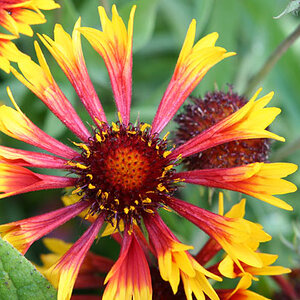Eveamlizya
TPF Noob!
- Joined
- May 20, 2012
- Messages
- 78
- Reaction score
- 7
- Location
- Central Arkansas
- Can others edit my Photos
- Photos NOT OK to edit
I'm thinking Canon or Nikon. It's my very first DSLR and I'm wanting something fairly easy to use, in the range of $500-800 maybe up to $1000 if I can. I'll mostly be using it for portraiture and maybe some nature/wildlife photos. I'd like something that will last me a while (will "grow with me" as I become more experienced). So, here's my questions:
1) What camera would you suggest? (I've only ever owned a Nikon or Kodak...didn't like the Kodak and my Nikon Coolpix is ok, but I hate the autofocus.)
2) What lens would be good for my first and for portraiture or wildlife photos?
I've asked people about this before, but I don't get any real advice...mostly just "look at a few and see what you like." I need some serious advice about this...I'm pretty much using all my savings for this so I can't afford to buy something that's not going to last me a good while or that's not exactly what I need. Thanks in advance.
1) What camera would you suggest? (I've only ever owned a Nikon or Kodak...didn't like the Kodak and my Nikon Coolpix is ok, but I hate the autofocus.)
2) What lens would be good for my first and for portraiture or wildlife photos?
I've asked people about this before, but I don't get any real advice...mostly just "look at a few and see what you like." I need some serious advice about this...I'm pretty much using all my savings for this so I can't afford to buy something that's not going to last me a good while or that's not exactly what I need. Thanks in advance.



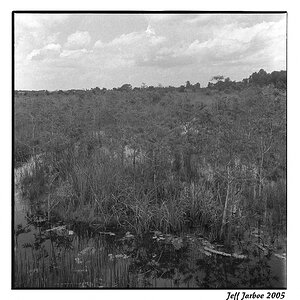

![[No title]](/data/xfmg/thumbnail/42/42253-fef7e43227f484b1a95dd6d85c03bd40.jpg?1619740063)
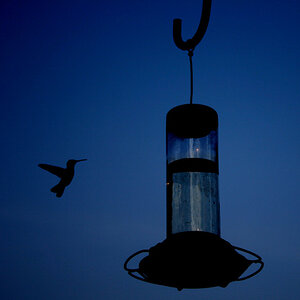
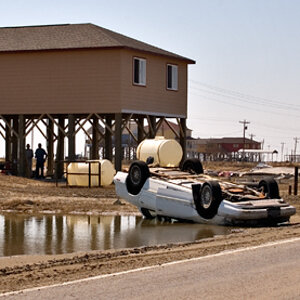
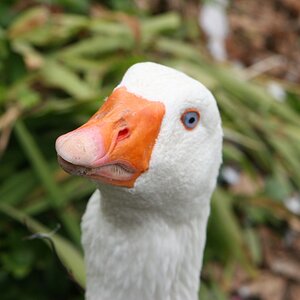

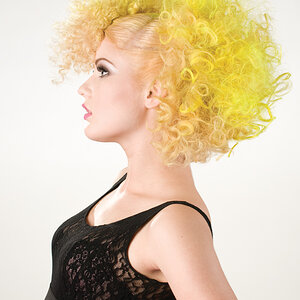

![[No title]](/data/xfmg/thumbnail/35/35879-b9a5a75c88f724f404f976b0c0e67dbd.jpg?1619737207)
